
5 Normal Vision Changes to Watch Out for as We Age
Our bodies are constantly changing in every stage of life. From birth to old age, there’s no stopping. Your high school health course may have taught you that your body stops changing after puberty, but it’s simply not true! So what are some normal vision changes to look out for?
When we talk about our bodies constantly changing, we don’t only mean in a pubescent sense. Our bodies unfortunately also deteriorate. As we age, we get wrinkles and flabby skin and our metabolisms slow down.
And, our eyes change so much that you probably won’t even remember what your young eyes used to be like. Aging eyes are normal eyes, but it isn’t always easy to know what’s normal and what isn’t normal when it comes to aging. Some vision changes as you age are expected; many can be prevented. Is it normal to have blurred vision? Is it normal to develop a light sensitivity?
 Well, that’s what we’re here to find out today. Join us and discover which aging eye problems are normal and which are cause for concern.
Well, that’s what we’re here to find out today. Join us and discover which aging eye problems are normal and which are cause for concern.
1. Presbyopia
Presbyopia is one of the aging eye problems no one can escape. Just like aging itself, presbyopia will affect everyone at some point. It isn’t a dangerous vision condition, meaning it won’t damage your eyes. But, it will have you longing for your young eyes back.
Presbyopia is the natural hardening of the lens of the eye. As we age, we begin to lose the flexibility of the lens. This means that our eyes have more difficulty focusing, especially on objects that are near the eye. Often, presbyopia is treated with reading glasses and contact lenses.
Presbyopia seems to take effect after the age of 40. If you’re over 40 and notice that you’re having trouble focusing or that your prescription no longer corrects your vision, you may have presbyopia.
Talk to your doctor about getting the right prescription for you. You should also look into natural ways to rebuild your vision. Luckily, there are a variety of things you can do to prevent and improve presbyopia as you age.
2. Age-Related Macular Degeneration (AMD)
You may have guessed this would have been on the list. It does have the words, “age-related” in it. AMD, like presbyopia, is not one of the aging eye problems that can be warded off. It will eventually affect every one of a certain age. However, it is possible to delay and slow down the disease before it claims your vision.
AMD refers to the natural aging of the macula, which is the most sensitive part of the retina. As the macula ages, it slowly diminishes and can gravely affect a person’s central vision. The disease is most commonly brought on by age but can also be the result of an eye injury.
AMD can slowly progress over a long period of time, but it can also progress quickly and cause blank spots in your central vision. This disease will not lead to complete blindness, but if it is left untreated it will progress to a later stage. Then, you won’t have enough vision to do regular daily activities like reading, driving, or seeing faces.
Early stages of AMD often develop with no symptoms at all, which is why you need a comprehensive eye exam to properly diagnose the disease. Otherwise, later stages of the disease will result in diminished central vision. In the meantime, pay attention to your diet in order to ward off AMD.
3. Dry Eye Syndrome
Dry eye is a condition that is extremely common as we age. As your vision changes as you age, your body loses the ability to produce enough moisture. That includes the body is not producing enough tears for the eyes.
When insufficient tears are produced, they evaporate more quickly leaving the eyes feeling dry and uncomfortable. Dry eyes can make working on the computer or reading very difficult. They can also lead to a stinging or burning sensation.
Dry eye syndrome is often treated with artificial eye drops that act as tears for the eyes. Though this is a good option for some quick relief, especially if you’ve spent all day in front of a computer, omega-3s can provide a more substantial solution.
Omega-3 helps natural tear production. You can find them in eggs, salmon, flaxseeds, and fish oil supplements. As a bonus, omega-3 can also help prevent age-related eye diseases like AMD. In some cases, getting a healthy diet including omega-3 can actually help to rebuild your vision.
4. Loss of Muscle Strength in the Eye
A common effect of vision changes as you age is eye muscle weakness. When this happens, it can affect how quickly our pupils respond to light.
This weakness causes the pupil to reduce in size and become slower to react to different types of lighting. Many elderly people have difficulty seeing in or are sensitive to bright lights. The pupil won’t dilate to allow the right amount of light into the eye.
For this, an anti-reflective coating can be added to eyewear. This will help the eye adjust to their surrounding quicker without any hassle. You can prevent some muscle weakness by doing eye exercises and stretches. They won’t entirely rebuild your vision, but they can help.
5. Diminished Peripheral Vision
As we age, our peripheral vision diminishes by approximately one to three degrees every decade. It may not seem like much, but by the time most of us reach the age of 70, our peripheral vision will have lost 20 to 30 degrees visibility.
This is especially dangerous when driving. If you’re still driving at the age of 70, kudos to you, first of all. But, also be careful to really check those blind spots. Or, you can buy extra mirrors that attach to the ones already on the car to extend your field of vision.
Abnormal Aging Vision
Now you know what to expect from vision changes as you age. But what isn’t normal? What aging eye problems should you be looking for to prevent more serious age-related vision conditions?
- Floaters and flashes: Some floaters and flashes are normal in your vision. They’re just shadows of things that are floating around in the fluid of the eye and it’s really no big deal. However, if you notice a higher number of floaters than usual and frequent flashing in your vision, this could be a sign of a detached retina. Talk to your eye doctor immediately.
- Sudden loss of peripheral vision: This one may be a little confusing. Yes, a gradual loss of your peripheral vision is a normal part of aging, but if it happens suddenly it may have been caused by glaucoma. Have your eye doctor perform a comprehensive glaucoma exam so that you can diagnose the disease and begin treating it as soon as possible. Glaucoma can lead to blindness and isn’t one of the normal aging eye problems.
- Gray in the pupil of the eye: If you wake up one morning and notice that there’s a bit of gray in the pupil of your eye (which should normally be black), then you may be developing a cataract. Cataracts form on the lens of the eye and can blur and cloud your vision. The proper corrective eyewear and diet can help to alleviate the symptoms of the disease.
There’s no reason to be afraid of aging if you take care of your body. Your body was able to take care of itself when it was young, but now it needs your help. Especially when it comes to vision changes as you age. After the age of 40, it is recommended that you receive an eye exam at least once a year to catch any aging eye problems early.
Our Rebuild Your Vision Ocu-Plus Formula Contains All 17 Vitamins, Minerals, and Herbal Supplements to Improve Your Eye Health!




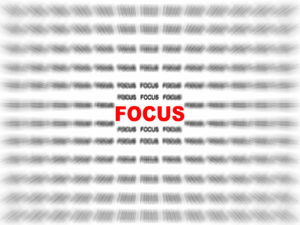
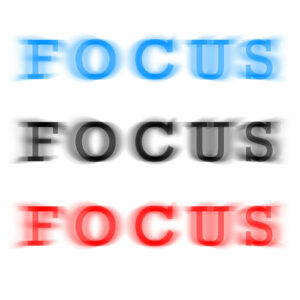


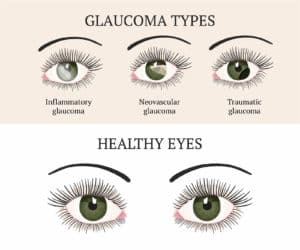

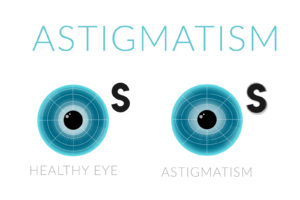
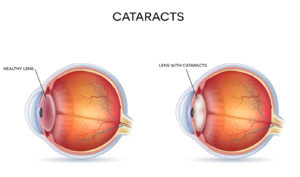
Thanks so much for the information. It has helped me since I had a school project on how age affects peripheral vision.Its good of you to help the nation by giving out useful information such as these. Big ups and may the Almighty GOD bless you.
Excellent information. Thanks Dale Jensen
Getting blurryness in right eye can I do something for it.
Good info…I was suspected of having glaucoma at age 33 however this proved to be inconclusive. Now aged 65 years some weeks ago flashes began and an increase in floaters in my right eye. A visit to an optomitrist revealed that I have very deep and large retinal cups..so much that the optomitrist said such an abmormality was rare. Ocular pressure were 28 – 29. Two weeks on low dosage drops reduced the pressure down to around 18-20 a marked improvement. Peripheral field test showed very minimal loss and a scan showed that the retina was thin. The corneal thinkness was 580.
So the prognosis is yes I have glaucoma however with proper care and regular eye exams should be ok for another 20 years.
One comment nedes to be made; When referred to an opthmologist he freaked out at my large cups and rushed me off for a CAT scan for possible pituitary tumor..this proved negative…no abnomaity found.
Thanks so much. I can relate to a lot of what is said